Originally posted by Mr.H on share.banoosh.com
According to newly released documents by the John F. Kennedy Memorial Library, former Californian democratic senator George Smathers proposed an Operation Northwoods style false flag attack on Gitmo to then Massachusetts senator Kennedy. The Guardian reports Kennedy and Smathers were seriously entertaining the possibility of assassinating Fidel Castro. Kennedy was obviously against the entire idea. Smathers went on to propose the option of bombing American troops to provide an excuse for military intervention in Cuba. Significant about Smather’s confessions is the now apparent fact that the idea of bombing the US naval base at Guantanamo Bay was obviously floating in political circles as well as military ones some time before the actual formalization of the false flag proposals in the Operation Northwoods documents, ultimately rejected by President Kennedy in 1962. The other significant aspect of the confession by Smathers is that the proposals described within Northwoods in March of 1962 literally reflect the false flag proposal submitted to Kennedy in 1960 by senator Smathers.
In the freshly released documents by the JFK Memorial Library, Smathers- who frequently joined John F. Kennedy on trips to the south- admits that he proposed the idea of a false flag attack on Gitmo during a conversation with the President-to-be. After the “killing Castro” propiosal was discarded by Kennedy, Smathers suggested provoking an incident at the US Naval base at Guantanamo Bay on the eastern tip of Cuba as a pretext for a US invasion. Smathers:
“I did talk to him about a plan of having a false attack made on Guantanamo Bay which would give us the excuse of actually fomenting a fight which would then give us the excuse to go in and do the job. He asked me to write him something about it. And I think I did.”
As noted this very proposal by Smathers in 1960 is stunningly similar to the infamous Northwoods document, signed by chairman Lyman Lemnitzer, in which the Joint Chiefs of Staff propose some pretty criminal things, among which the one proposed by Smathers to Kennedy in 1960. Under “Incidents to establish a credible attack” the Joint Chiefs came up with the following proposals in regards to the US naval base at Gitmo:
1- Start rumors (many). Use clandestine radio.
2- Land friendly Cubans in uniform “over-the-fence” to stage attack on base.
3- Capture Cuban (friendly) saboteurs inside the base.
4- Start riots near the base main gate (friendly Cubans).
5- Blow up ammunition inside the base; start fires.
6- Burn aircraft on air base (sabotage).
7- Lob mortar shells from outside of base into base. Some damage to installations.
8- Capture assault teams approaching from the sea or vicinity of Guantanamo City.
9- Capture militia group which storms the base.
10- Sabotage ship in harbor; large fires.
11- Sink ship near harbor entrance. Conduct funerals for mock-victims.
In a February 2 1962 memorandum titled “Possible Actions to Provoke, Harass or Disrupt Cuba,” written by Gen. William H. Craig and submitted to Brig. Gen. Edward Lansdale, the commander of the Operation Mongoose project outlines Operation Bingo- a plan to “create an incident which has the appearance of an attack on U.S. facilities (GMO) in Cuba, thus providing an excuse for use of U.S. military might to overthrow the current government of Cuba.”
In the context of Operation Mongoose, a highly classified US military operation, the refusal of Kennedy to put his signature under the before mentioned proposals is especially significant. According to countless sources from inside and outside the American intelligence communities, Mongoose was the infrastructure under which the assassination of Kennedy in ’63 has been carried out. Mongoose was in fact one of the largest covert operations ever conducted in the United States. It involved universities, military bases, individuals, businesses and government agencies- all neatly compartmentalized, of course.
Later, just about the time the Joint Chiefs of Staff submitted their operation Northwoods document to the President, Smathers recalled Kennedy telling him:
“George, I’d love to have you over … but I want you to do me a favour. I’d like to visit with you, I want to discuss things with you but I don’t want you to talk to me anymore about Cuba.”
Smathers said he didn’t bring it up again until the President invited him to an informal dinner some time after:
“I remember the President was actually fixing our own dinner and I raised the question of Cuba and what could be done and so on,” he related. “And I remember that he took his fork and just hit his plate and it cracked and he said, ‘Now, dammit, I wish you wouldn’t do that. Let’s quit talking about this subject.”
The revealing aspects of the Smathers confessions released by the JFK Memorial Library can hardly be overestimated. By the time Kennedy was presented with Operation Northwoods, he must have recognized the striking similarities to the Gitmo false flag proposal by Smathers. And just like in 1960, he firmly rejected the plans.
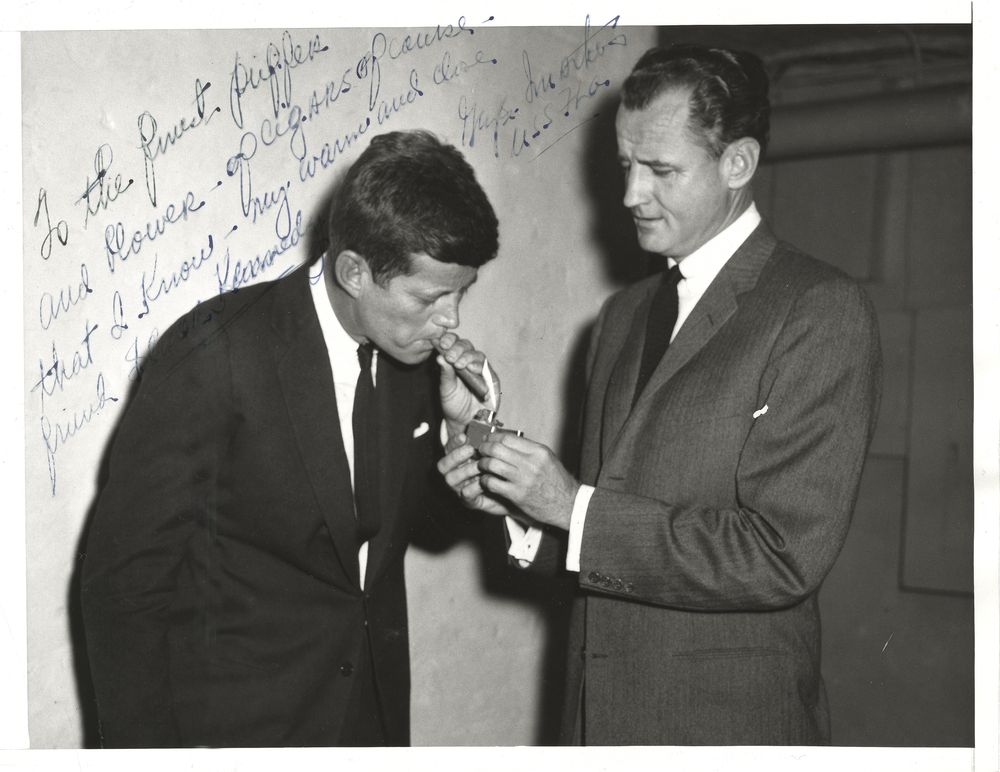





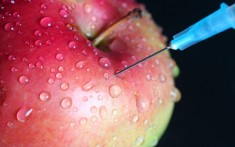





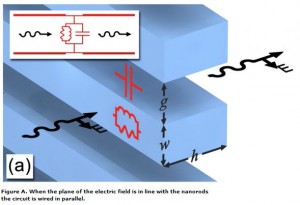
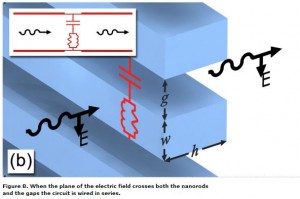
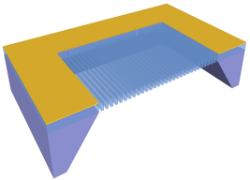
 sending...
sending...
